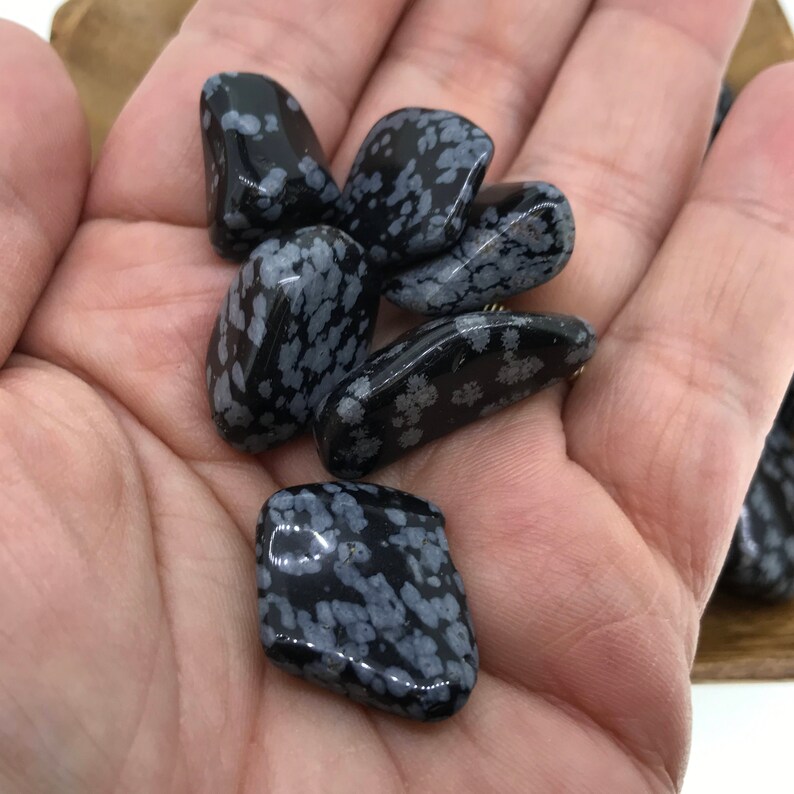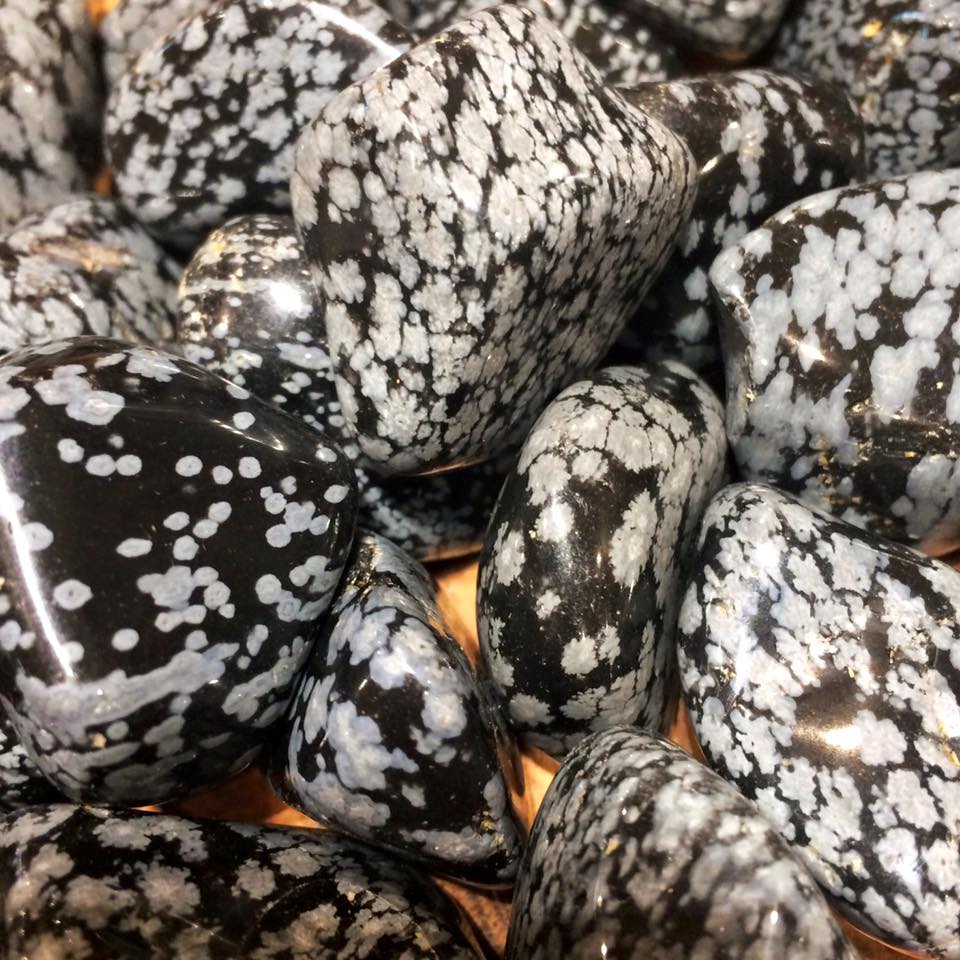

Rough pieces of this natural volcanic glass must be used with care as the rough or raw Snowflake Obsidian stones may have sharp edges. The result of this rapid cooling of the molten lava is a type of glass known as Obsidian. Obsidian stone is an extrusive igneous rock that is created by a volcanic eruption when volcanic felsic lava cools quickly. So are you wondering how this stone is created? Where Is It From? Snowflake Obsidian MeaningĪlso known as White or Gray Snowflake Obsidian, the meaning of their name relates to gray and white patches that are present on a black background within obsidian stone.Īs they look a little like snowflakes they got that stone name and it stuck. When you buy through links on my site, I may earn an affiliate commission. They have a highly beneficial action to help the release of negative energy, and are very attractive stones with excellent metaphysical properties. The white patches ("snowflakes") are devitrification spots composed of cristobalite (SiO2, a polymorph of quartz).They are useful healing crystals for you to use, as they have a number of powerful healing properties. The black portions of the rock seen here are rhyolitic obsidian (glass). A partially-converted obsidian is a distinctive rock called snowflake obsidian. Obsidian is unstable on geologic time scales - it will slowly convert to material that is not obsidian. The obsidian sample seen here formed the second way. An example of obsidian that formed the first way is along the margins of basaltic lava flows at Kilaeua Volcano (Hawaii Hotspot, central Pacific Ocean). Obsidian forms two ways: 1) very rapid cooling of lava, which prevents the formation of crystals 2) cooling of high-viscosity lava, which prevents easy movement of atoms to form crystals. Freshly-broken obsidian has the sharpest edges of any material known, natural or man-made (as seen under a scanning electron microscope). Obsidian is moderately hard and has a conchoidal fracture (smooth and curved fracture surface), with sharp broken edges. Obsidian is an uncommon rock, but can be examined at several famous localities in America, such as Obsidian Cliff at the Yellowstone Hotspot (northwestern Wyoming, USA) and Big Obsidian Flow at the Newberry Volcano (central Oregon, USA). Mafic obsidians are scarce, but they are also black and glassy. Felsic igneous rocks are generally light-colored, so a felsic obsidian seems a paradox. Obsidian is typically black in color, but most obsidians have a felsic to intermediate chemistry. Obsidian is natural glass - it lacks crystals, and therefore lacks minerals. It is a glassy-textured, extrusive igneous rock.

Most igneous rocks have a crystalline texture, but some are clastic, vesicular, frothy, or glassy. If this happens deep underground, they are intrusive igneous rocks. If this happens at or near the land surface, or on the seafloor, they are extrusive igneous rocks. Igneous rocks form by the cooling & crystallization of hot, molten rock (magma & lava).


 0 kommentar(er)
0 kommentar(er)
